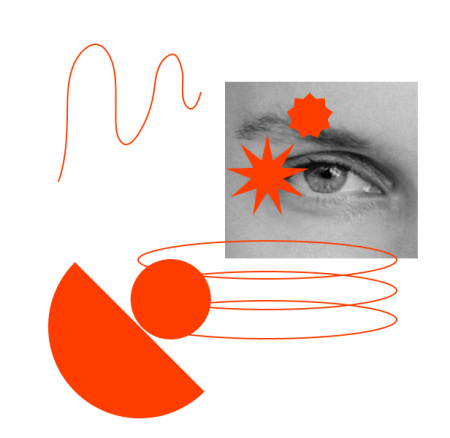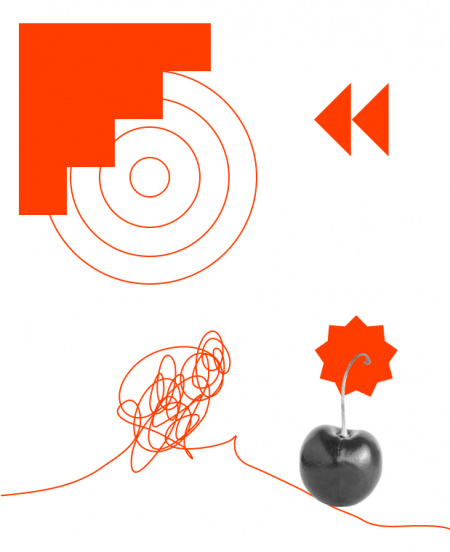The evolving landscape of content strategy is here to stay
In today's era, content strategy must stay ahead of trends, given the rapid evolution of digital technologies and consumer behaviours. How it's recently done and what we shouldn't forget when we get down to it?
Pavel Kriz, Content Strategist April 20, 2023
Share on LinkedIn



